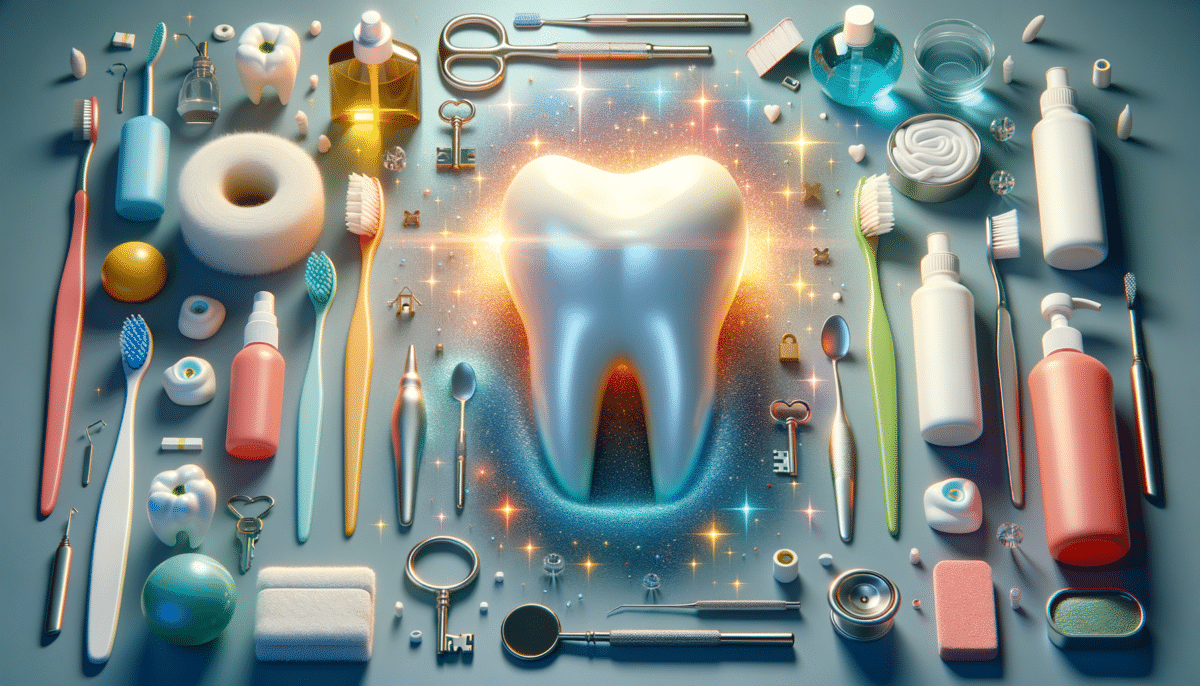The Importance of Regular Dental Visits
Regular dental visits are a cornerstone of maintaining oral health, yet many people overlook their significance. These visits are not just about cleaning teeth; they serve as a preventive measure against a host of dental issues. Dentists are trained to detect early signs of problems such as cavities, gum disease, and even oral cancer. Early detection can prevent more severe issues down the line, saving both discomfort and expense.
During a routine check-up, a dentist will perform a thorough cleaning, removing plaque and tartar that regular brushing and flossing might miss. This not only keeps your teeth looking bright but also prevents the onset of gum disease. According to the American Dental Association, adults should visit the dentist at least twice a year. However, individuals with specific conditions, like diabetes or a history of gum disease, may require more frequent visits.
Beyond the physical health benefits, regular dental visits can also boost confidence. A clean, healthy smile is a powerful asset, often contributing to better social interactions and self-esteem. In essence, regular dental care is an investment in your overall health and quality of life.
Understanding Dental Procedures
Dental procedures can range from routine cleanings to more complex treatments such as root canals or implants. Understanding these procedures can alleviate anxiety and help patients make informed decisions about their oral health. Let’s explore some common dental procedures and what they entail.
Fillings are perhaps the most common dental procedure. They are used to restore teeth damaged by decay. The process involves removing the decayed portion and filling it with materials like amalgam or composite resins. Fillings not only restore the tooth’s function but also prevent further decay.
Root canals are performed when the pulp inside a tooth becomes infected. The procedure involves removing the infected tissue, cleaning the area, and sealing it to prevent future infections. While root canals have a reputation for being painful, advancements in dental technology have made them much more comfortable and efficient.
Dental implants are a solution for missing teeth. They involve placing a metal post into the jawbone, which acts as a root for a replacement tooth. Implants are durable and can last a lifetime with proper care. They are a popular choice for those seeking a permanent solution to tooth loss.
Understanding these procedures can empower patients to engage in discussions with their dentists and make choices that align with their health goals and lifestyle.
Advancements in Dental Technology
The field of dentistry has seen significant technological advancements, making treatments more efficient and less invasive. One of the most notable advancements is the use of digital imaging. Digital X-rays provide clearer images than traditional methods and expose patients to less radiation. This technology allows for more accurate diagnoses and treatment planning.
Laser dentistry is another innovation that is transforming dental care. Lasers can be used for a variety of procedures, from reshaping gums to removing decay. They offer precision and can reduce healing times, making them a preferred option for many patients.
3D printing is also making waves in dentistry, particularly in the creation of dental prosthetics. Crowns, bridges, and dentures can now be designed and manufactured with remarkable accuracy and speed. This technology not only improves the fit and function of dental prosthetics but also reduces the time patients spend waiting for their new teeth.
These advancements are not just about improving outcomes; they also enhance the patient experience. Less invasive procedures, faster recovery times, and more personalized care are all benefits of the technological revolution in dentistry. As these technologies continue to evolve, patients can look forward to even more improvements in dental care.
